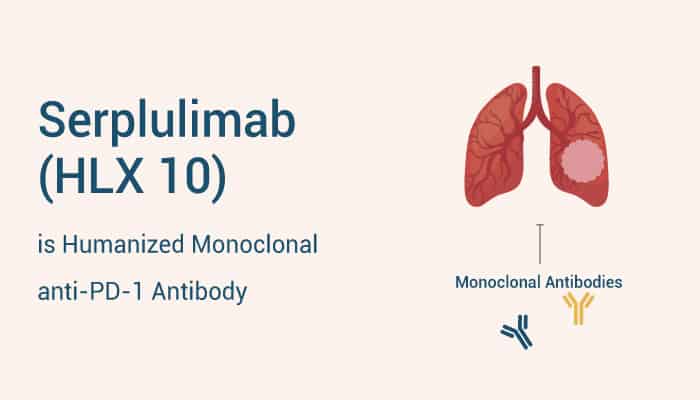PD-1 (Programmed cell death protein 1; CD279) is an immune checkpoint. PD-1 is a cell surface receptor that belongs to the immunoglobulin superfamily. Besides, It shows a role in regulating the immune system’s response by down-regulating the immune system. Meanwhile, this compound promotes self-tolerance by suppressing T-cell inflammatory activity. Particularly, PD-1 promotes apoptosis of antigen-specific T-cells in lymph nodes and reduces apoptosis in regulatory T cells. Importantly, PD-1 engagement by its ligands, PD-L1, and PD-L2, maintains peripheral tolerance but also compromises anti-tumor immunity. Moreover, PD-1/PD-L1 could also prevent the activation of T cells in the tumor and thus result in immune resistance.
PD-1 inhibitors, a new class of drugs that block PD-1, activate the immune system to attack tumors and can treat certain types of cancer, including melanoma, Hodgkin’s lymphoma, breast cancer, small cell lung cancer (SCLC), as well as hepatocellular carcinoma. In particular, SCLC is a type of neuroendocrine neoplasm with high aggressiveness and poor prognosis. Meanwhile, SCLCs are relatively insensitive to chemotherapy. So It is very important to find a new drug for SCLC.
Serplulimab (HLX 10) is humanized monoclonal anti-PD-1 antibody and shows antitumor activity for small-cell lung cancer.

Cancers (Basel). 2020 Dec 11;12(12):3729
Serplulimab can stimulate immune responses by relieving PD-1-related immunosuppression. Meanwhile, Serplulimab significantly increases the median OS and PFS and shows a manageable safety profile compared with chemotherapy alone in ES-SCLC. Moreover, This compound received its first approval on 25 Mar 2022 in China for the treatment of adult patients with advanced unresectable or metastatic microsatellite instability-high (MSI-H) solid tumors.
All in all, Serplulimab is a monoclonal anti-PD-1 antibody and has the potential for the research of small cell lung cancer.
Reference:
[1] Cheng Y, et al. JAMA. 2022 Sep 27;328(12):1223-1232.
[2] Lee A. Drugs. 2022 Jul;82(10):1137-1141.